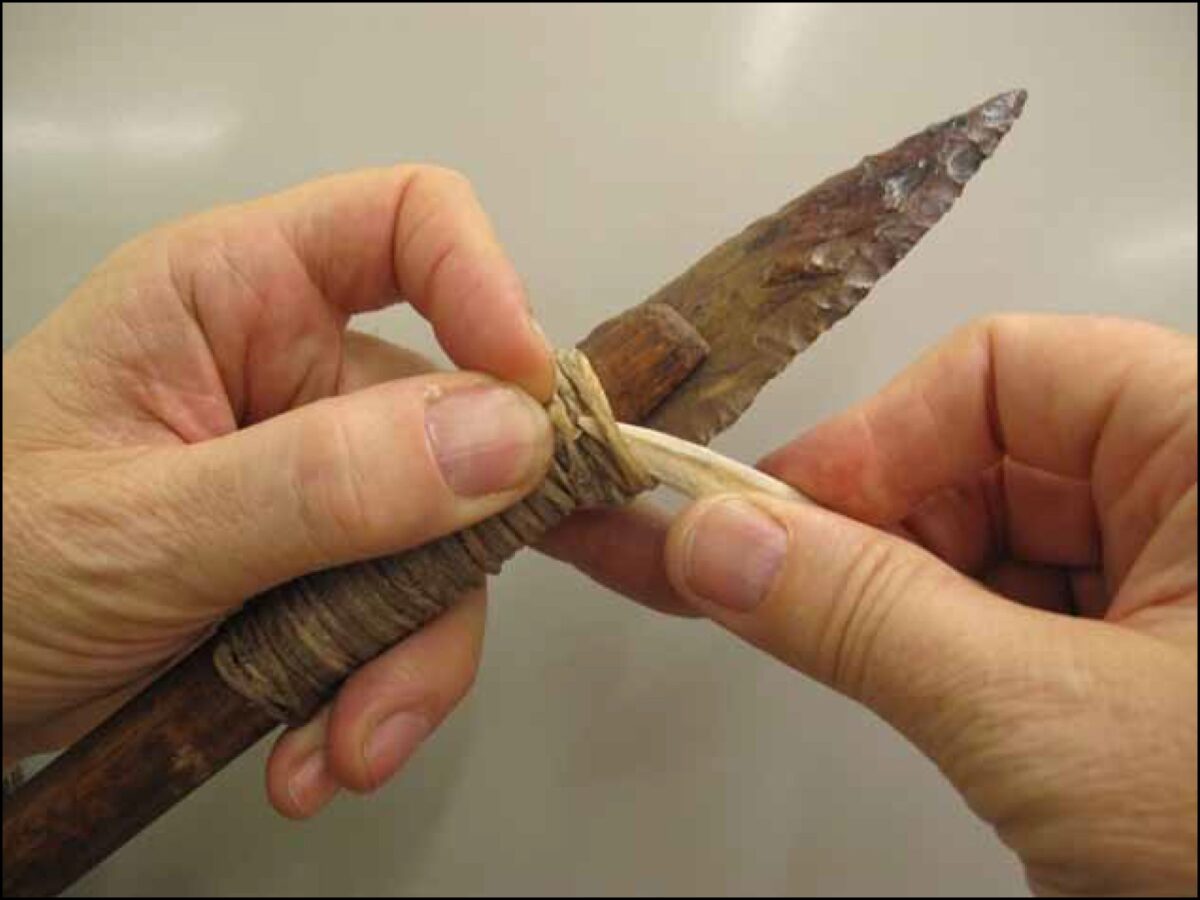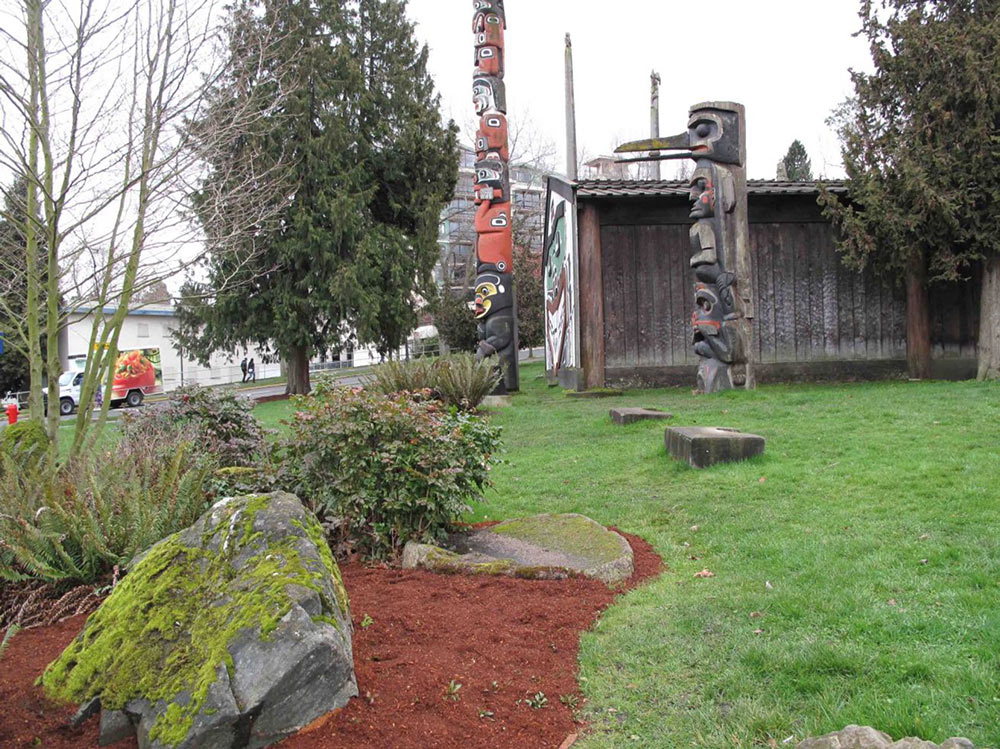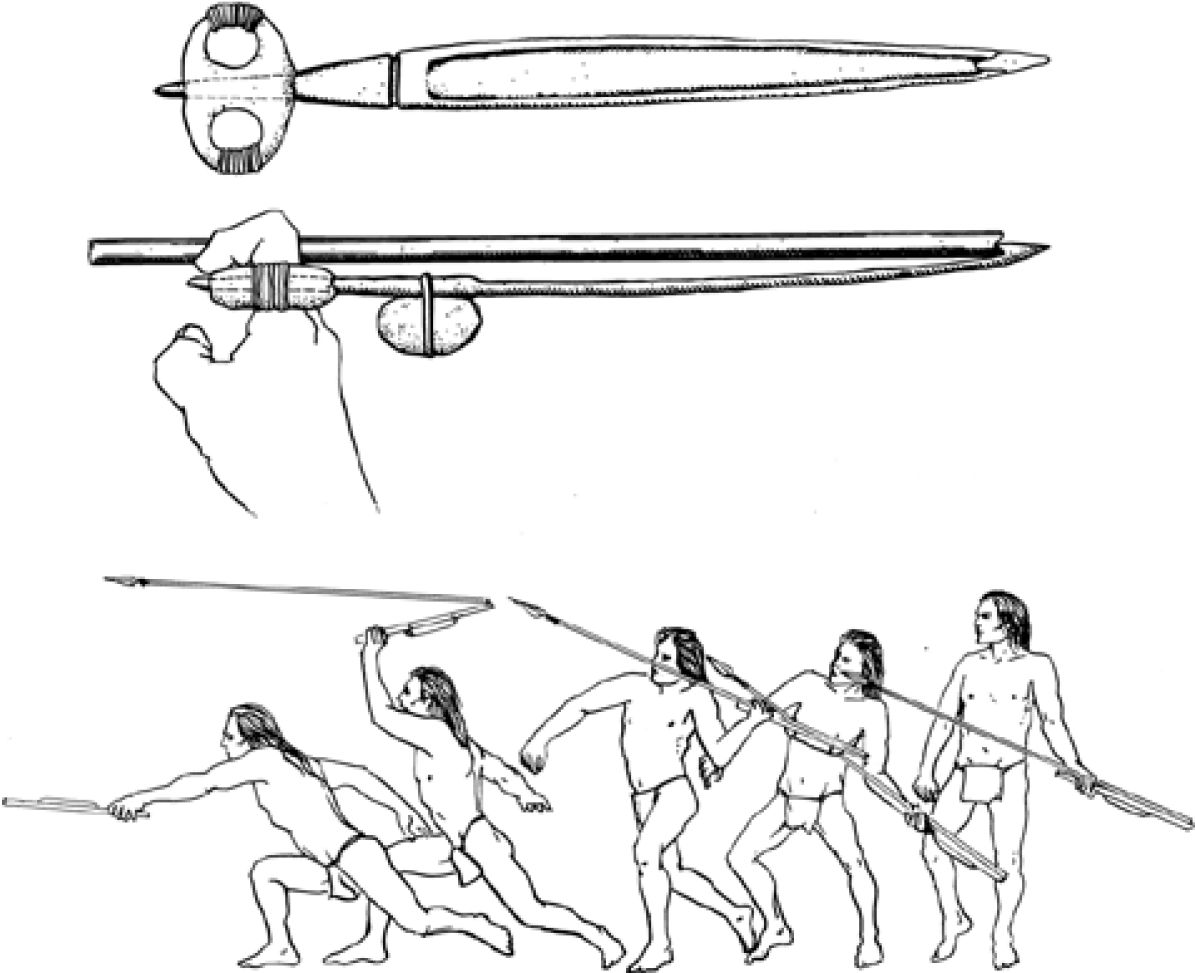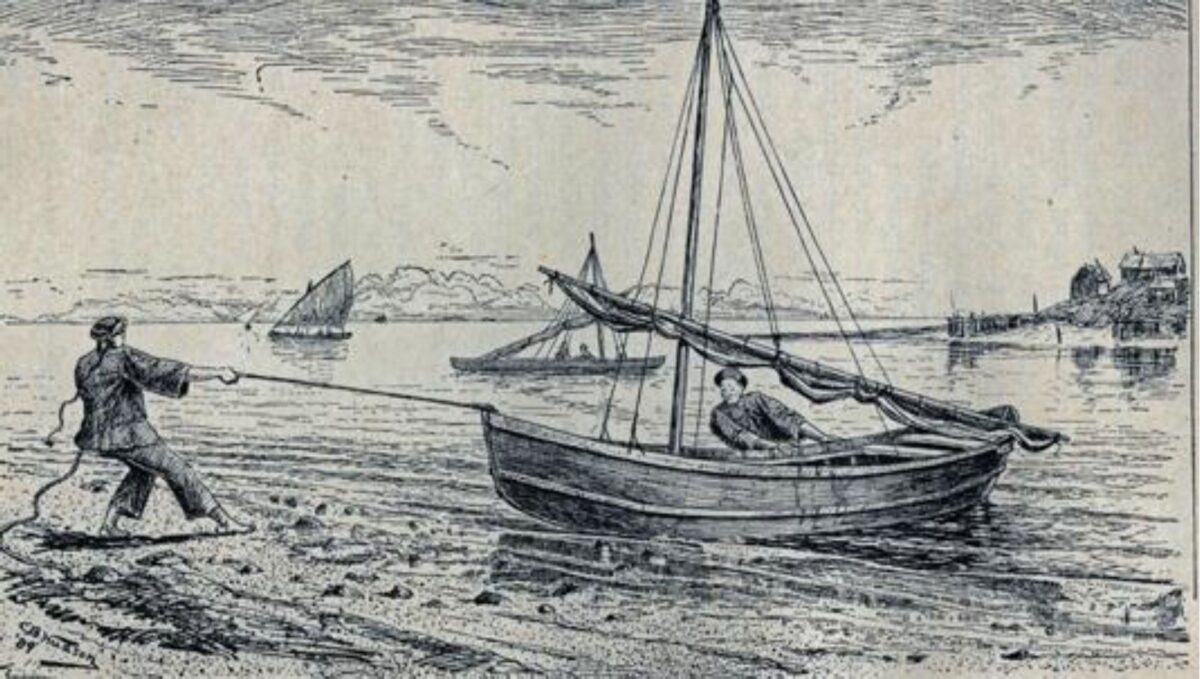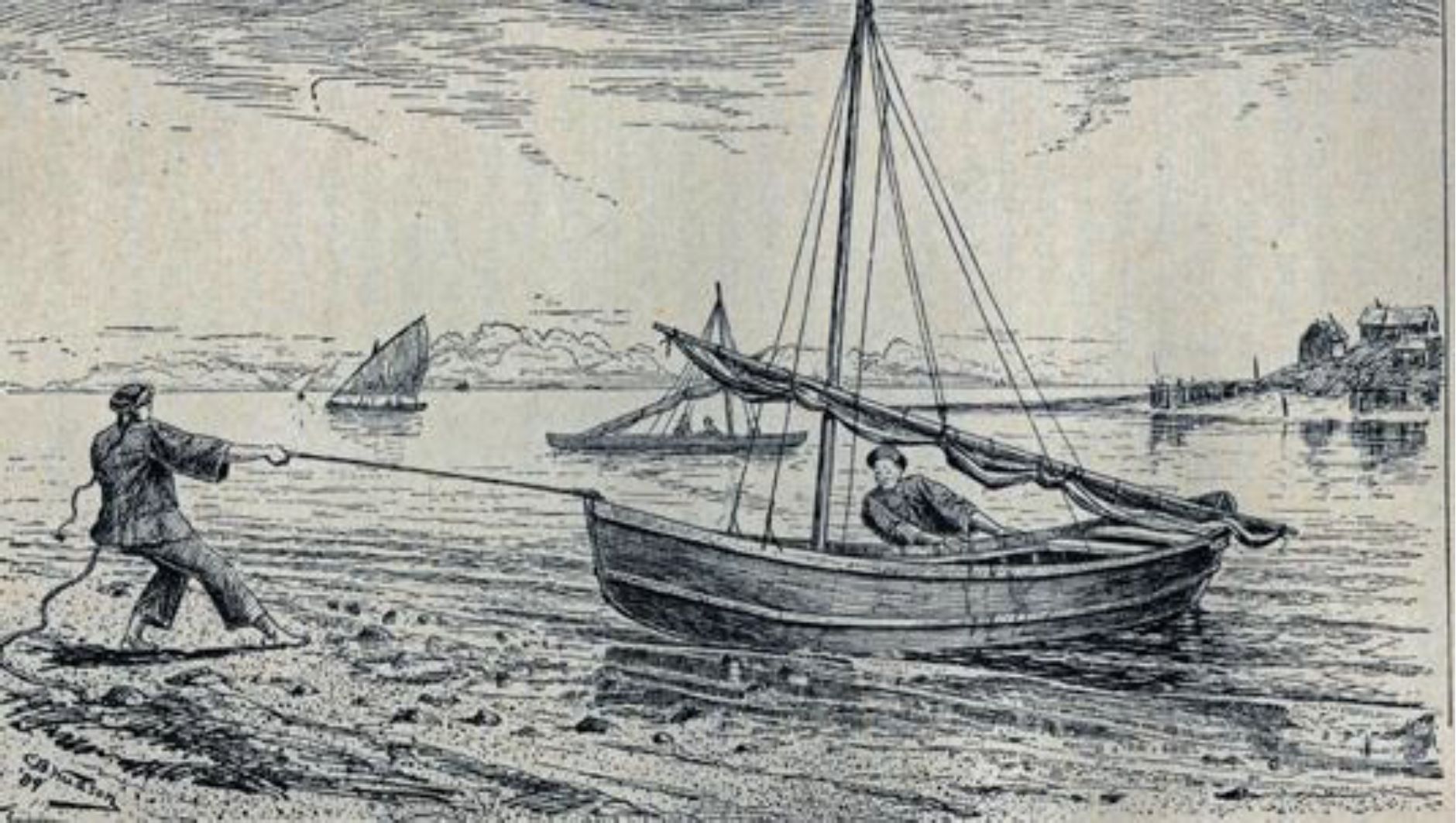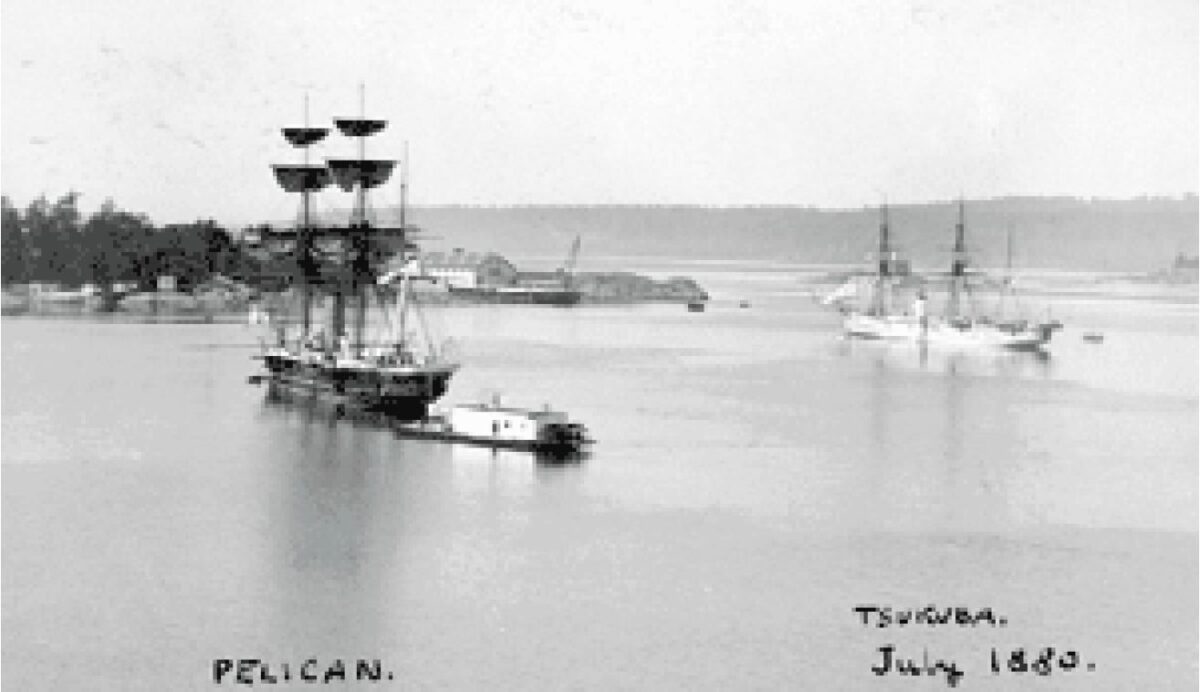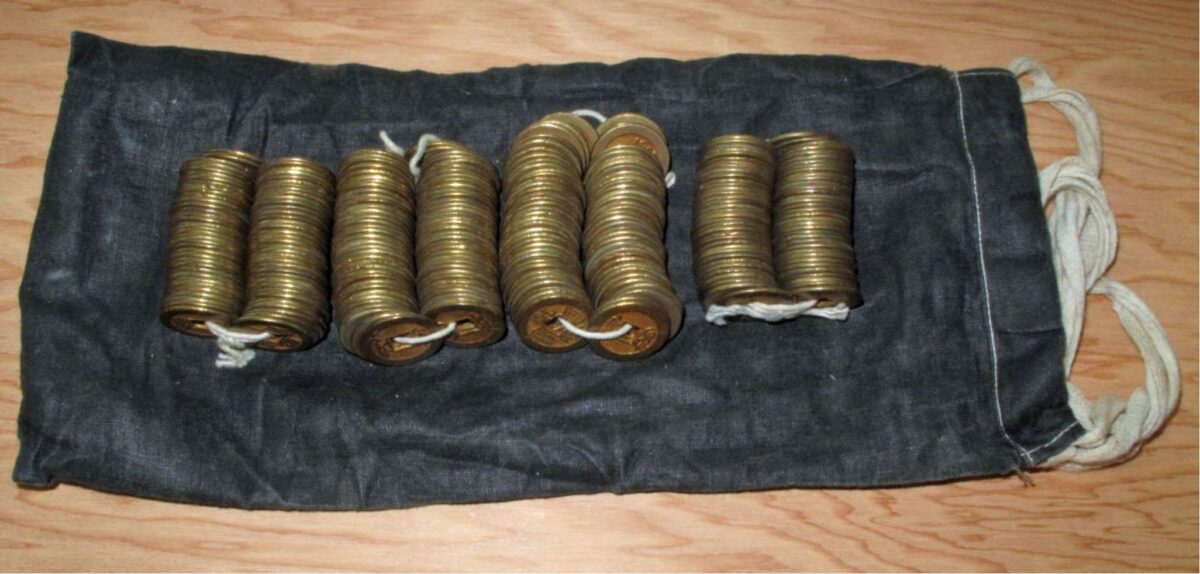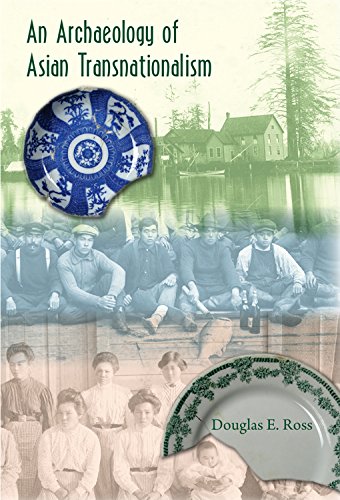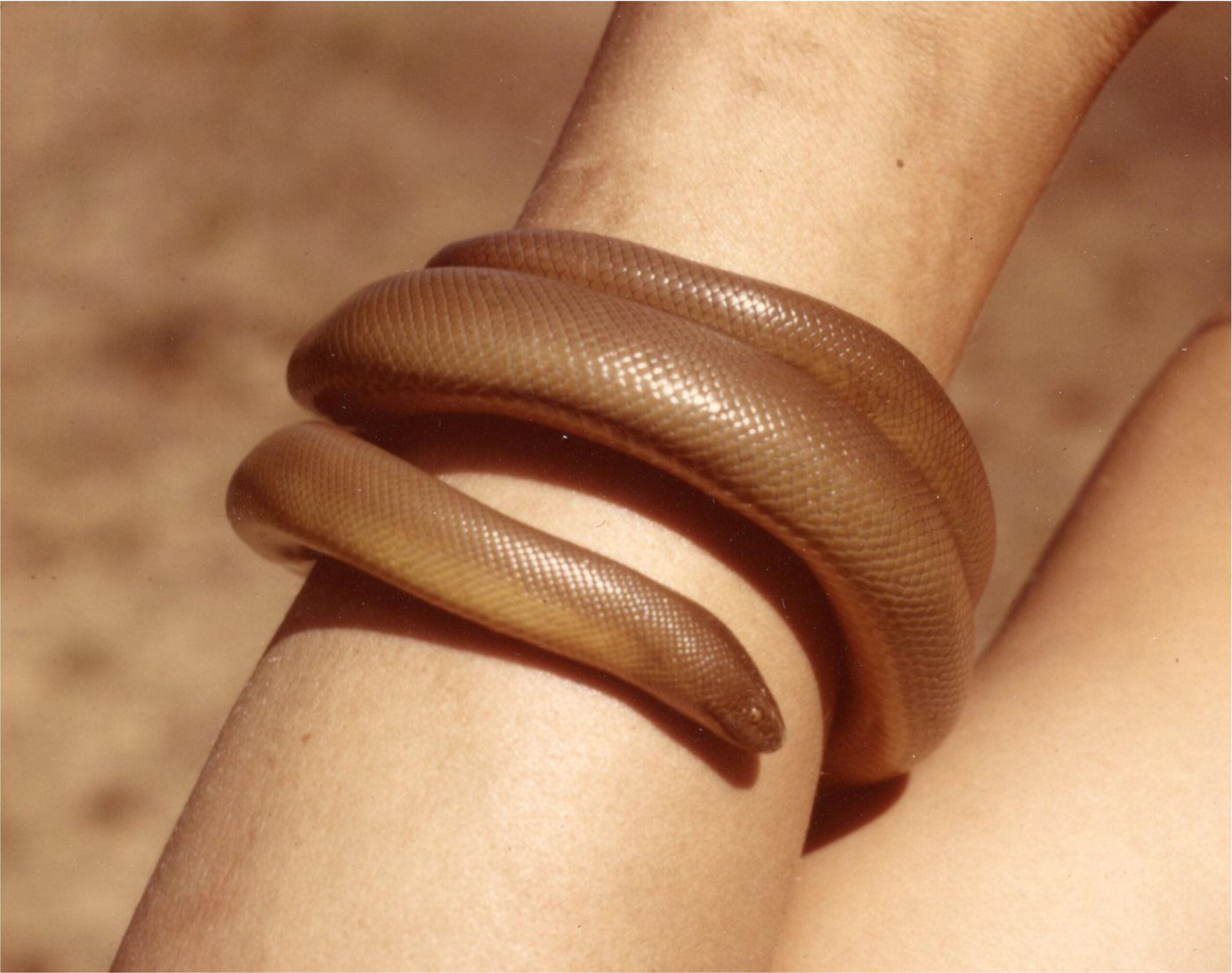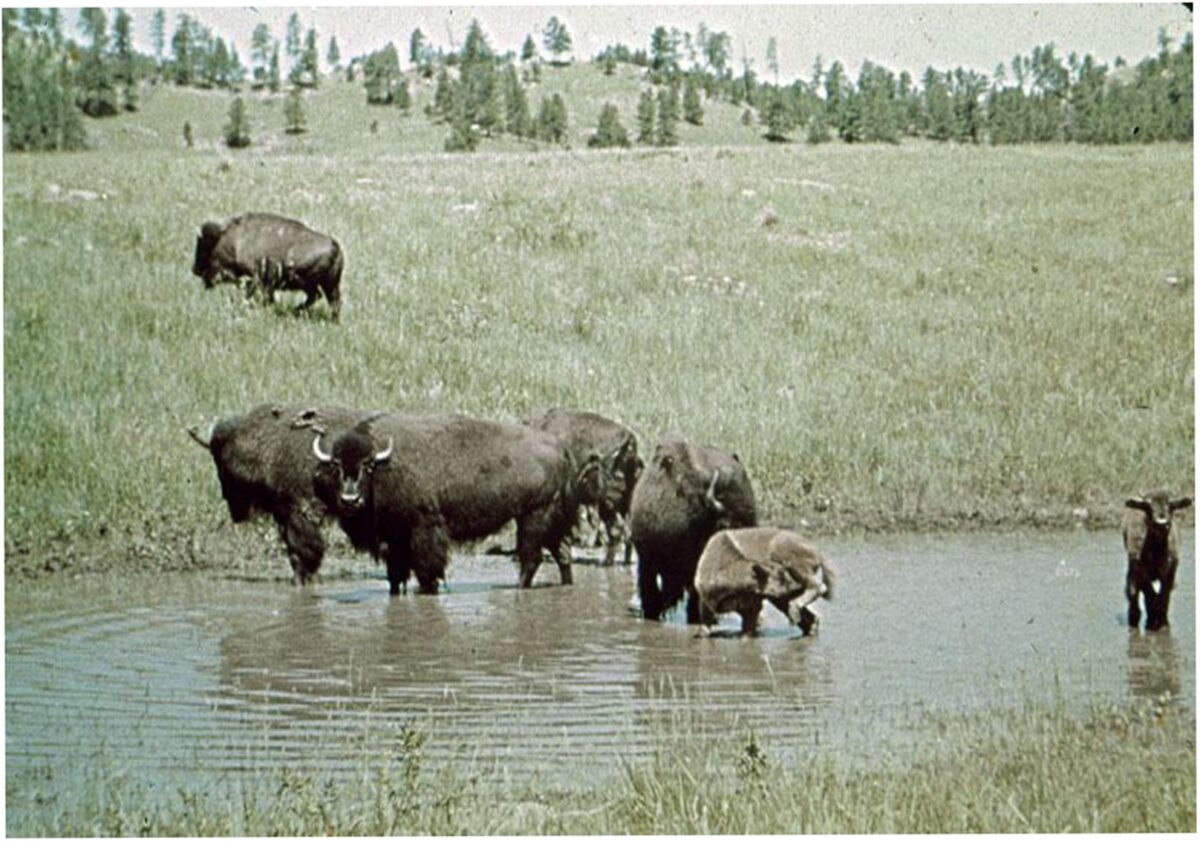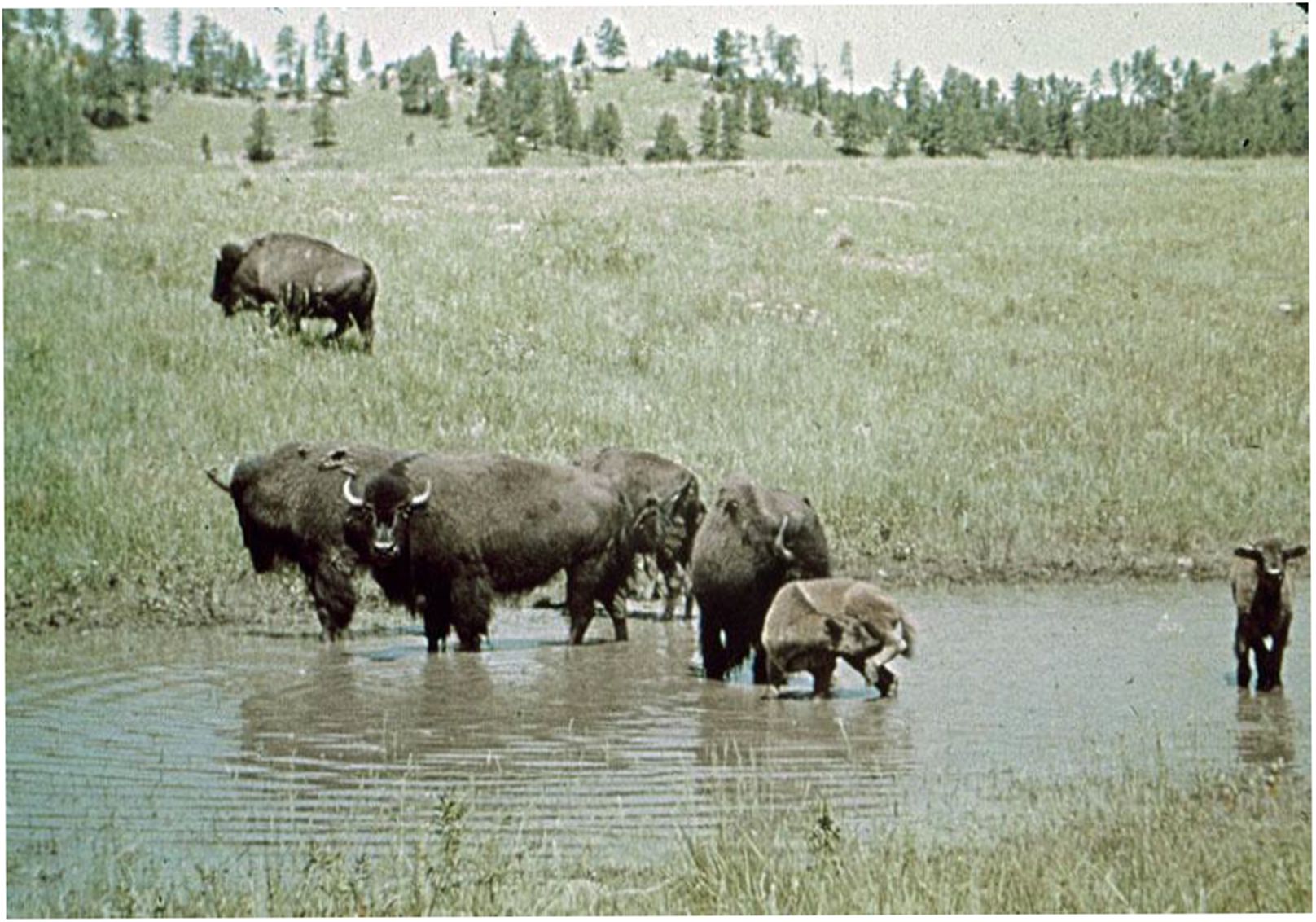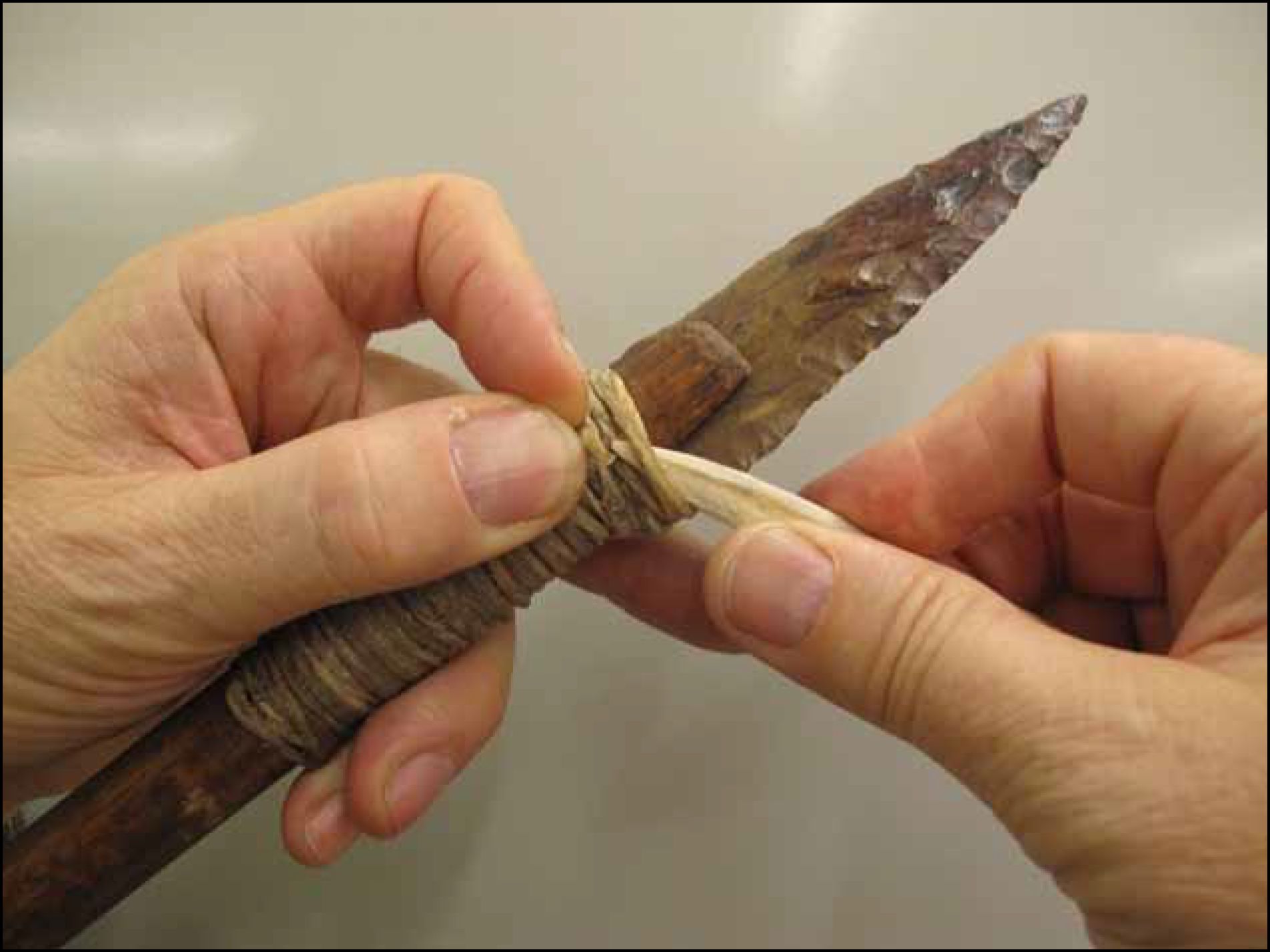
Originally published in The Midden, 44(3/4). Ulna Bone Tools: Identifying Their Function By Grant Keddie. 2012. Ulna tools have several main uses that are often not recognized in the archaeological literature. Based on my own experimental uses and an examination of the ethnographic literature, we can describe at least four different common uses of ulna tools. Ulna bones, which are the lower limb bones in animals, have a naturally shaped end that functions as a handle with little or no modification needed, and the pointed end is easy to shape into a functioning tool. The working ends of these tools need to be different to fit the intended function. Non-ulna bones with similar ends may, of course, have similar functions. … Continue reading “Ulna Bone Tools”
